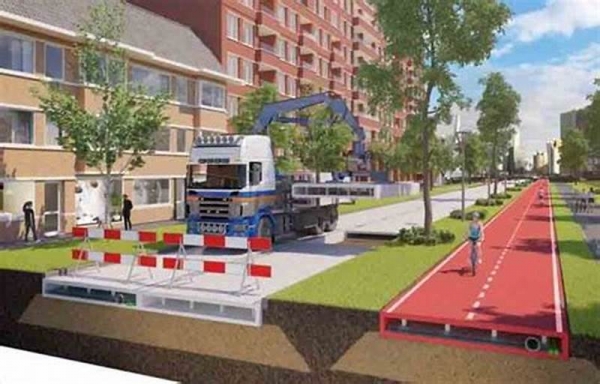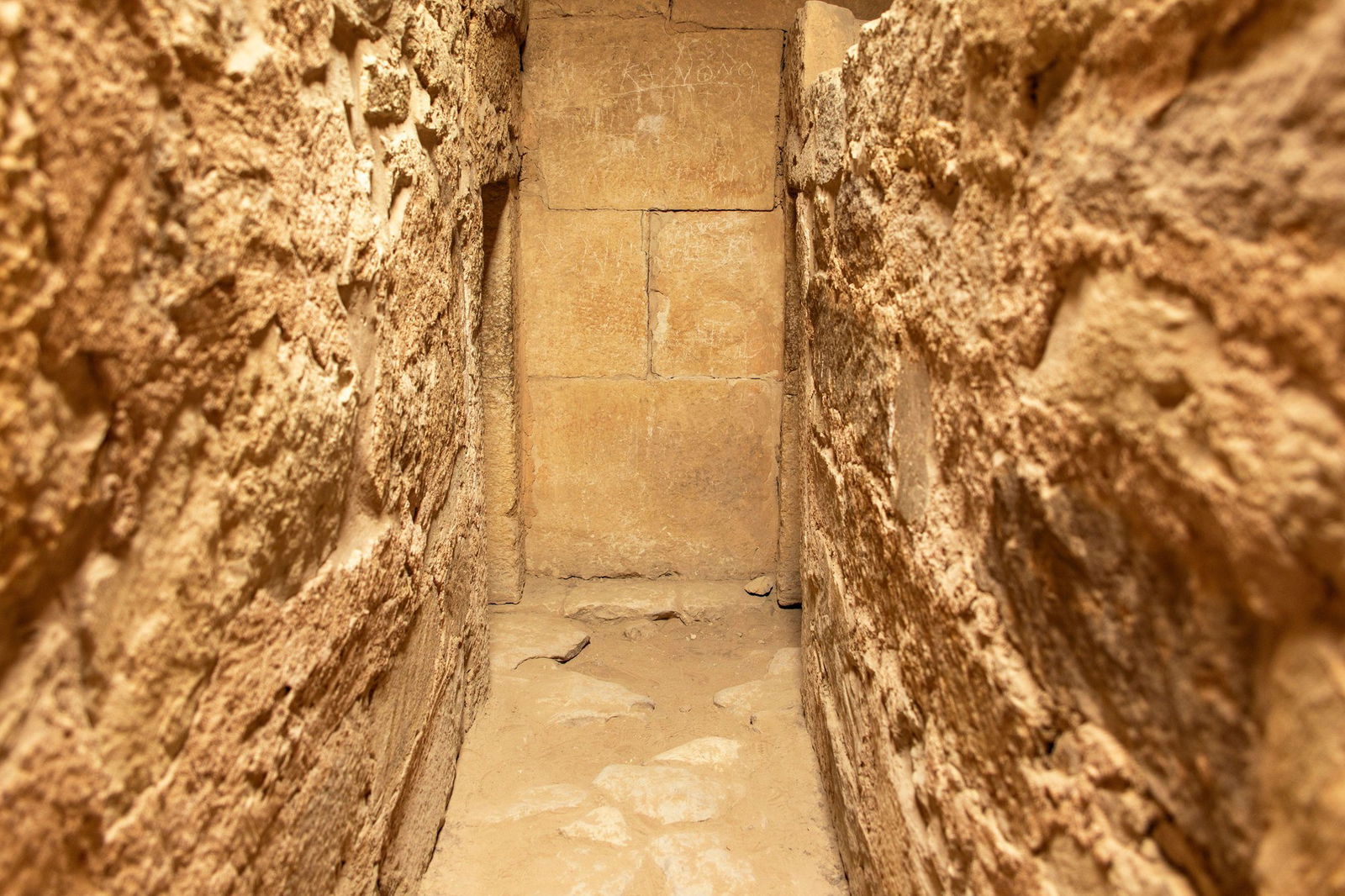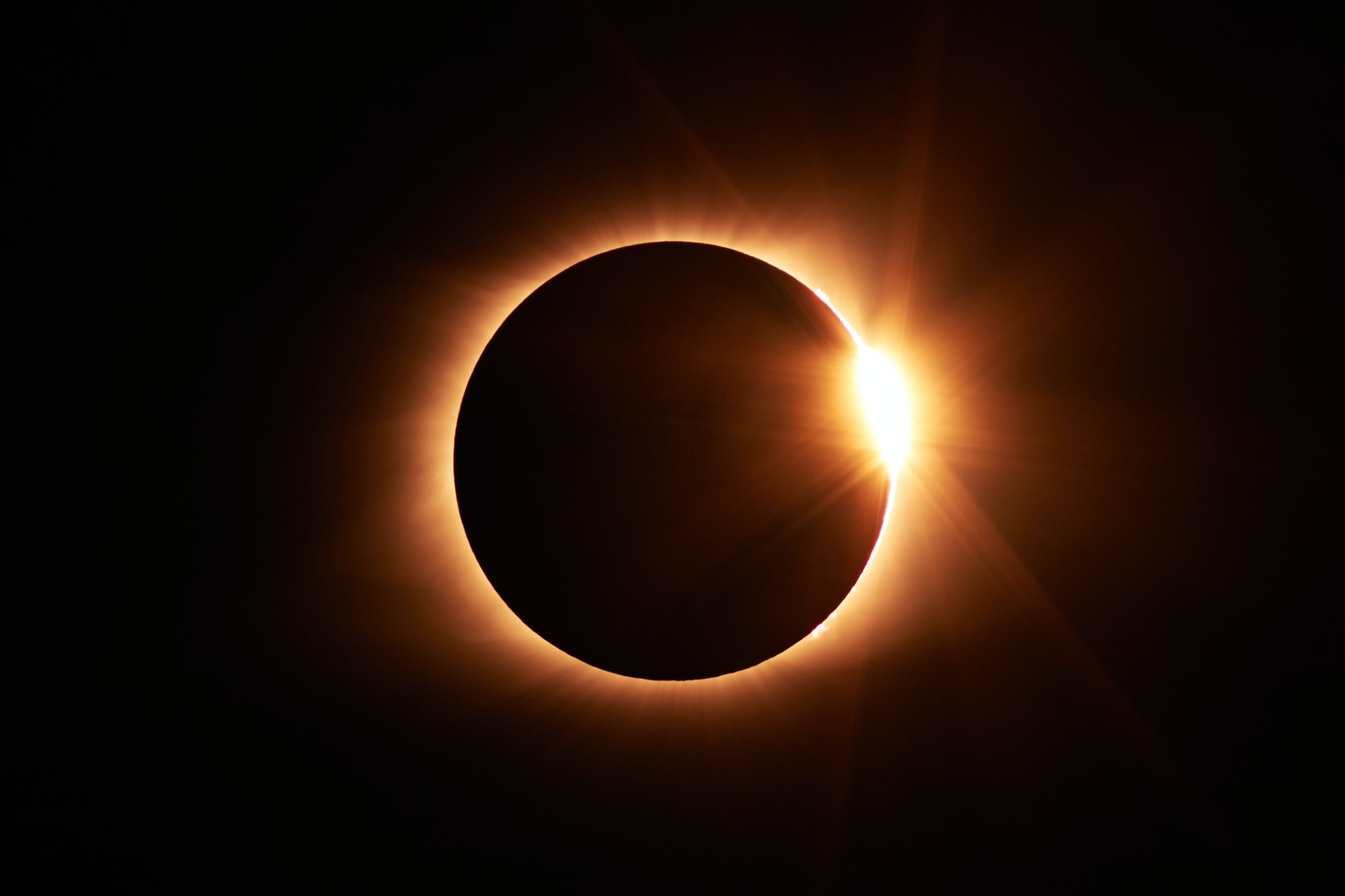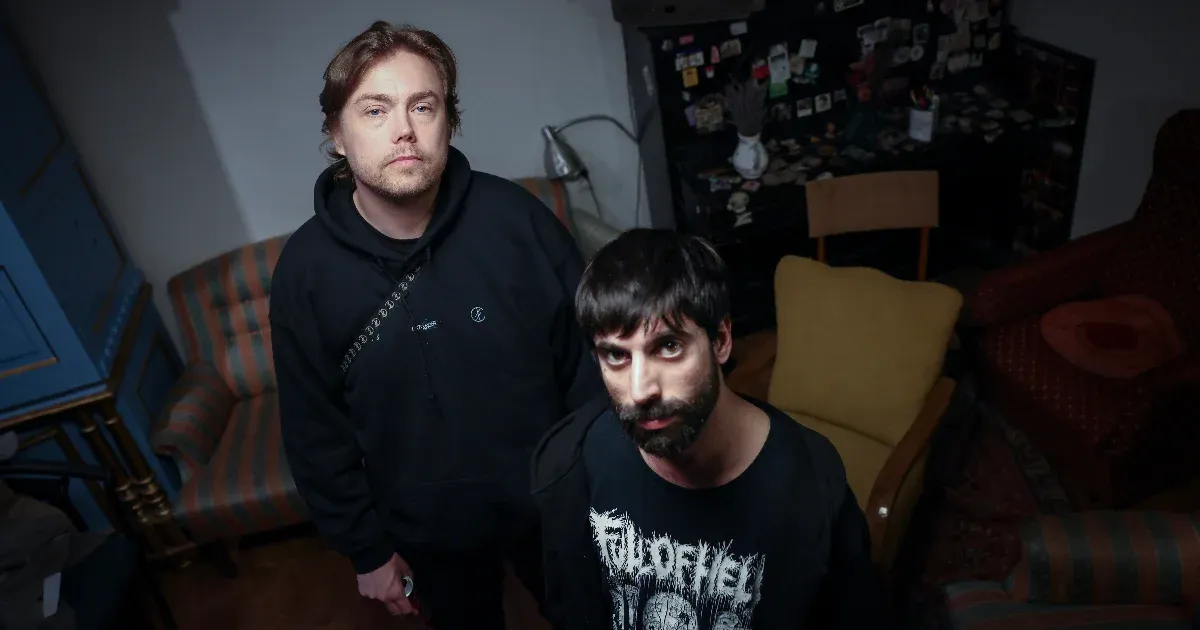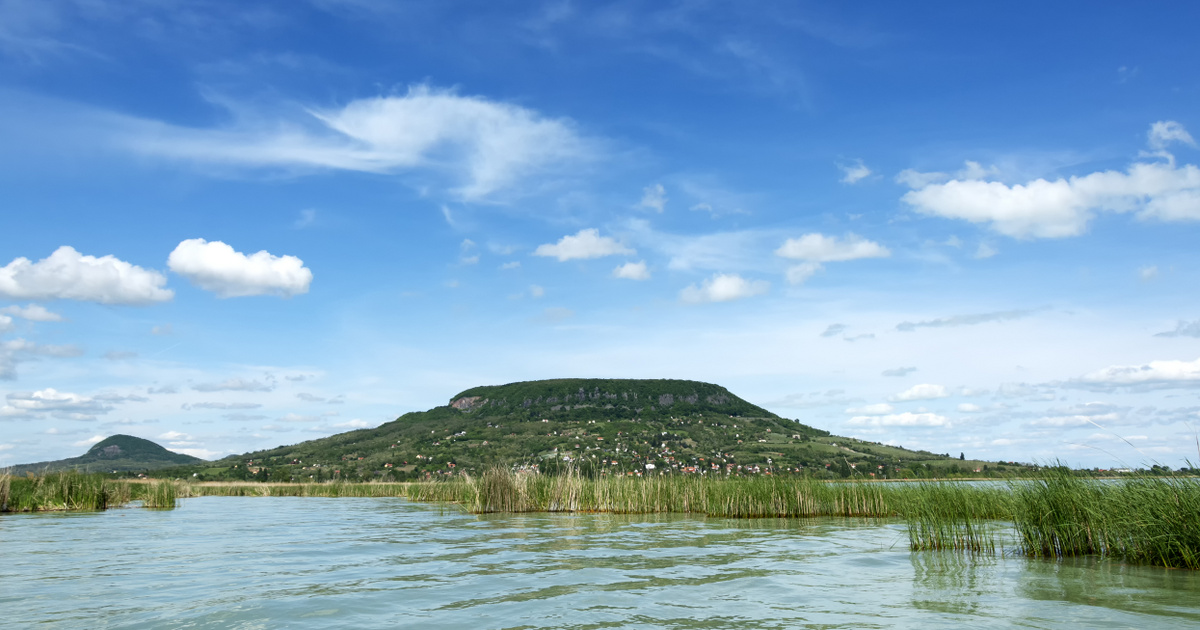About 40-50 volcanoes erupt on Earth every year, the last in December, for example, the very active Etna volcano, and another in Iceland after a thousand-year break. It is true that breaking news on the frozen island is when there is no lava flow at any time. No place and no ash cloud. But could the former volcano Sint György Hegyi, Gulak or Csobank erupt again? Because on a historical geological scale, not so long ago – in the last 20 million years – the Carpathian Basin was one of the most active volcanic regions in the world. The Matra, Borzuni and Tokaji mountains were formed about 16 million years ago. The most notable stelae of the Balaton Highlands began to be built later, eight million years ago (Badaksony, for example, is 3.5 million years old), and
It grew into a densely populated volcanic colony: along with Bakoni, fifty smaller volcanoes erupted in the Pannonian landscape,
So that 2.5 million years ago, the last one slept.
At that time, Lake Balaton was not yet swelling at the foot of Badasone, because only at the end of the last ice age, It was formed 15-17 thousand years later The volcanic bed sank. Although it is young, it is constantly filled with fine sediments, so it is approx Within 6 to 10 thousand years, the open water surface will likely become a swamp and then turn into a swamp. Unless it dries by then.
But what are the chances that Badassone will wake up unexpectedly? Or that the 398-metre-high Gulak Mountains, also known as Hungary's Fuji because of their shape, suddenly spout a spectacular lava fountain?
He loves surprises
The answer is that there are a few, but mathematically it cannot be completely ruled out that they will put themselves back into service. The Balaton highlands were not towering fire-breathing mountains, but rather small, active basalt volcanoes in an extensive volcanic zone, the action of which researchers know is completely unpredictable.
There are many basalt volcanic fields on Earth, and the common denominator between them is that they can remain active for millions of years, and between two eruptions they can pass hundreds of thousands of quiet years. In addition, basalt magma loves to cause surprises and
Even after a long break, after a few days, a few weeks of preparation, to break out unexpectedly.
It is not even possible to predict when this will happen, because we do not know exactly, What are the signs? For such a whimsical volcanic activity.
We cannot even say in advance at what point in a volcanic basalt field they will make their way to the surface next time Magmatic. It is certain that even today it cannot be completely ruled out that basalt magma is formed in the Earth's mantle under the Pannonian Basin and that it will suddenly appear to people accompanied by great noise, battle noise and fireworks.
Magma supplies are constantly arriving
If nothing else, the smaller and larger earthquakes that erupt regularly clearly indicate that the African lithospheric plate, which is also collapsing over the Alpine and Carpathian mountain ranges, is still steadily pushing towards Europe, and molten rock in the depths is constantly flowing out. Produce a supply of magma. Therefore, it cannot be said with 100% certainty that the stele mountains have finally become extinct, because theoretically there is little chance that the basalt volcanic field of the Balaton Highlands will be active again. Although the probability of this is low.
The witness mountains (Badaksony, Sint György Hegy, Somlu, Gulak, Čobank, Halap, Tuti Hegy, Hegestu, Hejesd, Sziglijet) were all monogenic volcanoes, meaning they could have been formed by a single powerful, impressive and spectacular volcano. Presumably a hellishly loud explosion.
But they were only active for a few years at most,
During which they built their volcanic hills and then fell silent. These mountains were not originally cone-shaped or flat-topped mountains, but were eroded by wind, rain and temperature fluctuations, and only the most resistant basalt rocks were able to withstand the ravages of the elements. The magma of the sugar-bottle-shaped Gulak volcanoes (Gulak, Hegisd, Tuti Hegi) has not seeped to the surface, and the basalt cones now visible are composed of solid rock filling the mouths of the volcanoes. On the other hand, the plateau-topped stele mountains (Badacsony, Szent Gyorgy Hegyi, Csobank) covered the area with mineral-filled lava, much to the delight of winemakers.
The sleeping Székely Vesuvius can wake up at any time
The Carpathian Basin is quiet, quiet again. Are volcanic eruptions a thing of the past? If we look at the Csomád volcano surrounding Lake Szent-Anna in Székelyföld, it is not at all certain. This geologically young mountain last erupted 30,000 years ago—roughly that day in geohistorical terms—and poured lava with elemental force. At least from the rocks spread over a distance of tens of kilometers, and the most destructive eruption process is the hot, fiery glowing clouds Found on the side of a mountain This is what researchers concluded from its effects. His strength It could be similarSuch as the destruction of Vesuvius, Pompeii and Herculaneum in 79 AD.
The Ksumad eruption was also (so far) the last in the Carpathian Basin, and left us with a beautiful gift: the only crater lake in the Carpathian Basin, the 946-metre-high St. Anna Lake. After Szabolcs Harangi, director of the Institute of Geography and Earth Sciences at ELTE TTK, and his fellow volcanology researchers carefully examined the mountain, they were surprised to discover that there was still melting in the magma chamber. Which means that Csomád cannot be considered a permanently extinct volcano. And although there is no sign of him squirming, there is no guarantee that it will stay that way. Changes can occur in the magma reservoir over a period of months, which may lead to an eruption. Therefore, it is worth observing the Sekele Vesuvius, which now appears to be pleasing to the eye.













